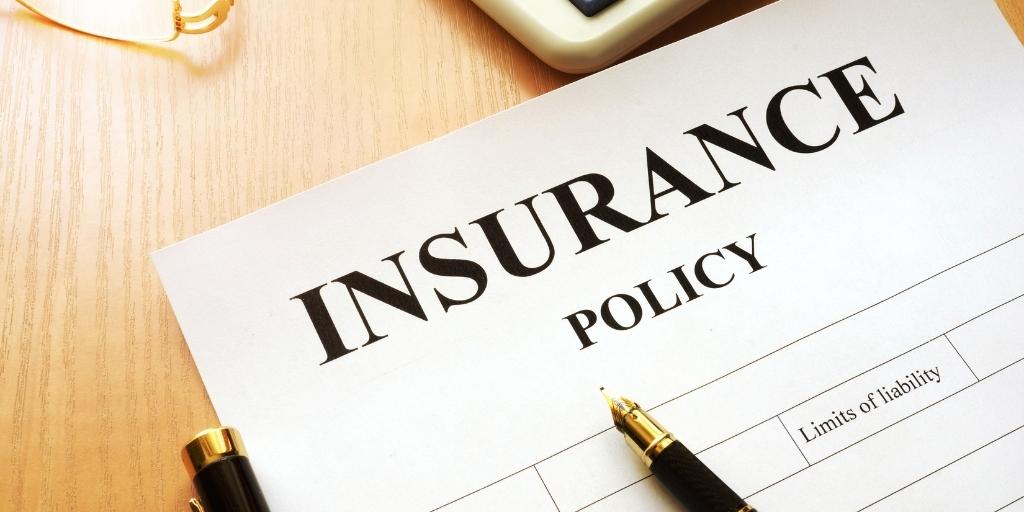Safeguarding Empty Rentals: A Complete Guide to Insurance for Landlords with Vacant Properties

When a rental house is left unoccupied, it is under threats that go unnoticed. Vacant homes are also at higher risk of being damaged or having unexpected issues. For this reason, landlords must be cautious with what protection their property needs when unoccupied. This article outlines how special insurance for landlords works on unoccupied rental homes and why it matters.
- Why Empty Properties Need Extra Protection: An unoccupied property looks safe on the outside but can quickly become prey to problems. Pipes could burst during winter, or vandals will take the property as an easy target since nobody is present to prevent them. Even small issues, like leaks, can escalate into complete destruction if discovered late. Such dangers are the reasons why leaving a house uninsured when vacant is not recommended.
- What Makes This Insurance Different: Standard landlord policies are not necessarily intended to insure empty rentals for extended periods. Most cut off protection if a property is unoccupied for over thirty days. Unoccupied home special insurance, however, is designed to bridge this gap. It insures the special risks associated with an empty property, so landlords do not end up with heavy repair bills.
- Short-Term and Long-Term Options: A useful aspect of insurance for empty rentals is its versatility. Some landlords need only protection for a short period, for example, between tenants or for some months of construction work. Other landlords might need security for more months while they hunt for good-quality tenants. With options from three months up to a year, landlords can choose the appropriate amount of cover to suit their needs.
- Covering Buildings and Contents: Another significant feature of this kind of policy is the option of building-only cover or adding contents cover, as well. Building cover insures the building itself, including walls, roofs, and fittings. Including the contents cover gives additional comfort of mind if the property has furnishings or appliances that stay in the building when it is vacant. This is flexibility that helps ensure landlords are not paying for coverage they do not really require.
- Risk Management in Unoccupied Buildings: Insurance is not the sole procedure to ensure the protection of an unoccupied rental. Landlords must also work towards minimising likely risks. Property visits, maintaining heating systems operating during winter months, and locking doors and windows are inexpensive but useful processes. These actions not only avoid harm but also ensure insurance remains in force, since most policies expect landlords to adhere to certain requirements.
- How Claims Are Managed: If things do go wrong, specialist cover simplifies the process. Specialist claims teams understand the problems caused by empty properties, so landlords receive quicker and clearer help. It’s reassuring to have this service when unexpected issues arise, keeping landlords free from stress to get claims settled.
- Peace of Mind for Landlords: Having the correct policy in place enables landlords to concentrate on their future occupants instead of dreading what might go wrong. Knowing a vacant building is being protected assures transitions or when waiting for renovations to be completed. This peace of mind is perhaps the most precious advantage of organising appropriate insurance for landlords with empty properties.
In conclusion, investing in rental property involves responsibility, and one of the biggest is having it secured all the time. Unoccupied properties carry risks that are not always covered in standard policies, and so specialist protection is the only option. With the proper amount of cover, risk management, and the realisation of how valuable such policies are, landlords are able to secure their investments even if there are no tenants.
